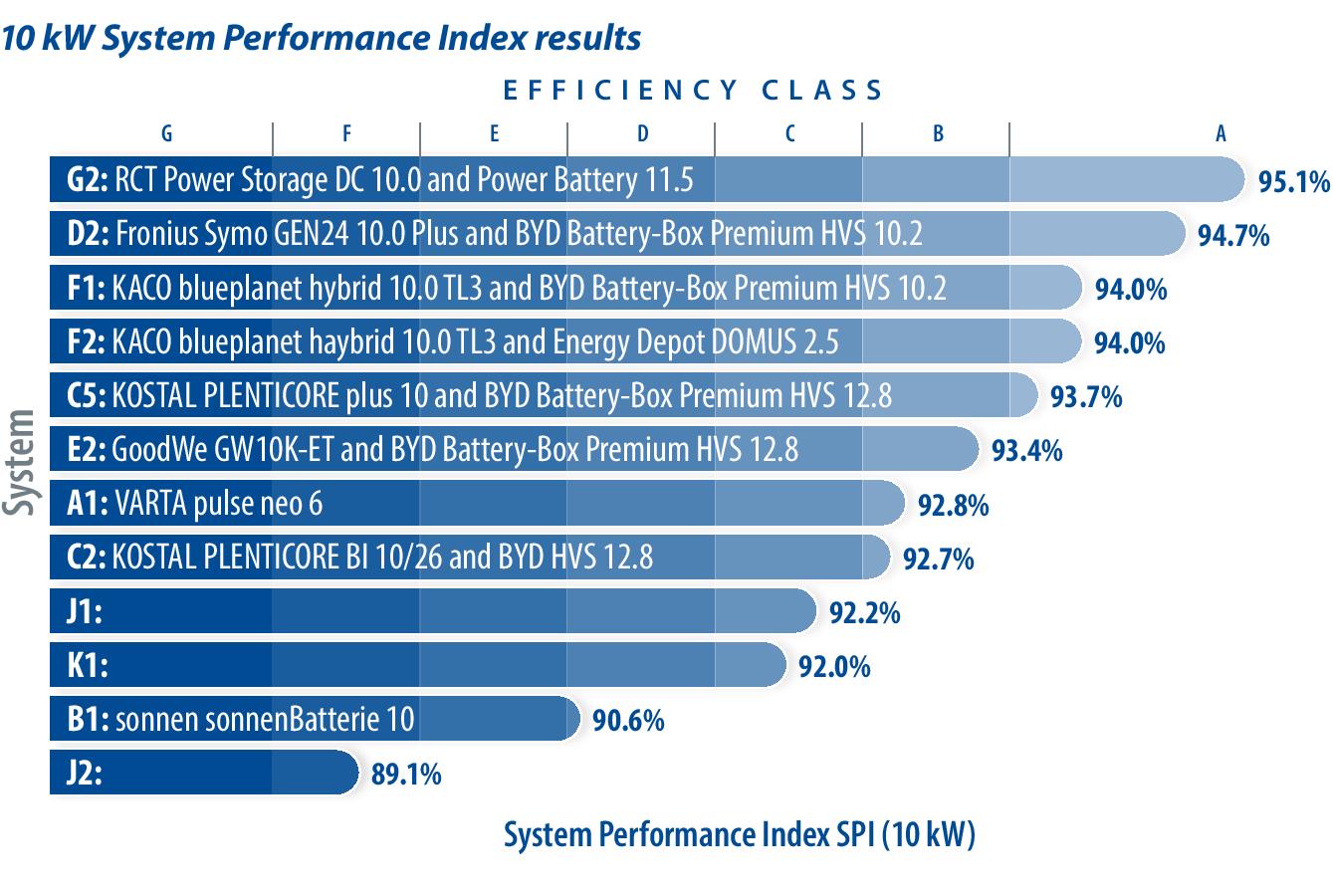https://pv-magazine-usa.com/2022/07/08/solar-tariffs-are-not-the-answer/
Solar tariffs are not the answer

Image: L'Oreal
I have read a lot recently about the solar tariff debate and there are excellent points on both sides of the conversation. However, I cannot help but think that the tariff on solar modules is different. Not because of the intricacies of the solar supply chain, these are real issues as well, but it is different because of the very nature of a solar module and what it is meant to do; provide energy for its usable life. This makes a solar module entirely different from any other manufactured commodity.

Image: LinkedIn
If we take a step back for a moment we can imagine what it would look like for us to live in an economy where we had the lowest cost of energy in the world. A lower cost of energy would make our manufacturing economy a global competitor.
Being able to provide the cheapest power to our disadvantaged populations will allow them to have more budget freed up for other essentials. Creating an economy where our energy costs can stay the same regardless of world politics makes us all more secure. It would allow us to be indifferent to what Russia or any other fossil fuel provider wanted to charge us because our fuel costs for solar will always be zero.
One would argue that if our government is interested in the long term success of our manufacturing economy this would be a front and center goal. If we invest our tax dollars in buying down that first cost to get to an even lower cost of energy that would make us even more powerful as a nation and an economy. Even better would be if another country wanted to help subsidize our energy infrastructure and give us those energy modules at a lower cost than it cost to make them. If this all sounds too good to be true, maybe it really isn’t, maybe this is what we are actually fighting against happening right now.
Anyone who has run a solar finance model can tell you that with solar, the first cost is everything. The returns have to be there or else the capital will not flow in to support the construction and operation of the solar asset. Capital is a commodity like any other and to the extent that capital is needed to support solar it needs to have a competitive return. Unlike any other power generator, solar has free fuel; sunlight will never have a cost or any politics associated with it. This is the beauty of solar as a renewable energy source. As a result any cost associated with the first installation of that solar module will dictate its lifetime cost for producing energy. This includes not just the solar module but also sales tax on equipment, permit fees, land use fees, study fees and any other costs that society decides to toss onto the pile.
The Solar Industry understands the need for lower first costs better than anyone and has spent the last 35 years wrangling the costs out of installation labor, racking systems, inverters and balance of systems to get to the lowest possible first cost. The reason is simple, that first cost will determine our cost of energy for the life of that solar asset, the next 20-40 years. In order for solar to be effective for us it needs to be the lowest cost possible. So now developers, contractors, equipment suppliers, system financiers and owner operators all work together in a competitive environment to get to the lowest cost solution possible.
It seems obvious that if there is a place for the government to invest in our country to ensure our future prosperity this would be it. A solar module in the California sun will see about 1,800 sun hours a year. For a 400W module that is 720kWh per year of energy. Assuming some degradation over its life that is still 15,000kWh plus of energy over its lifetime. Unlike a consumable good like a dishwasher or a television, a solar module is actually effectively packaged future consumable energy. Place it in the sun and you get power. So if our goal is to guarantee less expensive energy to everyone over the next 20-40 years, it would make sense for our government to spend its resources here.
If the government was to subsidize a coal or natural gas plant for example, it is different. It is different because those operational assets require fuel to continue to generate the energy that we consume. Those fuels are subject to a dynamic world market. A market that is very sensitive to political unrest, transportation costs, processing costs and environmental issues. Solar on the other hand is only about the up-front costs, there is no cost of fuel. By supporting solar the government is not put in the awkward position of picking a winner in the competition for future fuel suppliers. It seems logical that we should all get behind bringing that first solar cost down to its lowest possible cost.
So when I see all of this debate over the module manufacturing industry and worrying about subsidies I am somewhat befuddled by the original premise that brings us there. If China, or any other country wants to send us over energy that they are subsidizing we should say thank you. It would be different if they were sending us solar modules and then charging us for the sun, but that is not the case. Solar power flips this paradigm around. No one is ever going to be sending us subsidized oil or gas, but sunlight is free. We should just say thank you to anyone wanting to send us subsidized solar. Thank you for pitching in to reduce the cost of energy for America.
Now to be clear, I would also advocate, that in parallel, we build our own solar manufacturing industry here in the US, it is a strategic necessity. But let’s be realistic as to why we are doing so. If we think it is to build returns that would rival a software company or even a highly valued consumer product that is not solar. Ask any of the Chinese solar manufacturers working to achieve a 1 to 2% margin. Solar is not a get rich scheme so we need to figure out where we are you going to get the capital to build this manufacturing capability. And even more importantly we need to figure out who is going to finance the supply chain that would feed such a razor thin margin business. These are not exactly the kind of markets or businesses that are going to attract capital on their own, no one wants to invest in the manufacturing infrastructure to support this kind of low margin business even if it is strategically crucial to our economy.
Energy cost is essentially a tax on every other industry in the country. So, if we are looking to be competitive in the world market we need a lower cost of energy not one that bundles all sorts of stacked margins and costs of social policies into our first cost of solar that becomes the basis for investor returns. Taxes on carbon and other wrong thinking margin stacking agendas piled onto the cost of a basic societal need, energy is exactly what everyone is revolting against. It is like taxing food that is grown in your own garden because you don’t buy it from a commercial farming operation that is providing jobs. Lower energy costs make us all more competitive.
The US should not be placing tariffs on solar cells or modules from China, we should be saying thank you for access to the cheap energy. Then we should use the money that we had allocated to police the ill-conceived and largely ineffective trade war together with the bounty of cheap renewable energy we collected to subsidize our own solar infrastructure here including manufacturing. Then, the US can build it so that when China is done giving subsidized power to the world, the US can ramp up our engine and take part in a competitive market place. All trade wars are not created equally nor should they all be fought the same way.
The views and opinions expressed in this article are the author’s own, and do not necessarily reflect those held by pv magazine.
This content is protected by copyright and may not be reused. If you want to cooperate with us and would like to reuse some of our content, please contact: editors@pv-magazine.com.



